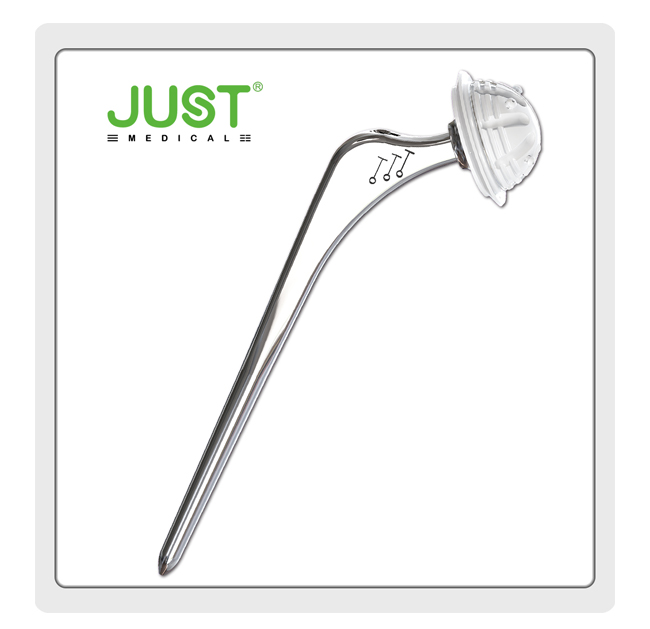What Is Hip Replacement Surgery?
 Apr. 12, 2021
Apr. 12, 2021
The hip is a ball and socket joint. This type of joint allows a good range of motion in any direction. The ball of the hip joint is known as the femoral head and is located at the top of the thigh bone (femur). It rotates within the hollow or socket of the pelvis called the acetabulum.
The main parts of the hip joint
Hip replacement surgery involves removing the part of the hip joint that is causing the problem (usually the ball and socket) and replacing it with a new hip prosthesis made of metal, plastic or ceramic.
The most common reason for hip replacement is osteoarthritis. Other possible causes include rheumatoid arthritis, hip fracture or hip dysplasia; a condition in which the hip joint does not develop properly.
Hip replacement surgery is performed on thousands of people each year. It often brings enormous benefits in terms of reduced pain, increased mobility and improved quality of life.
However, as with all surgery, it is important to consider the possible risks and to discuss these with your surgeon before deciding to proceed.

Do I need surgery?
If you have arthritis in your hip, your surgeon may recommend that you try other options before recommending a hip replacement. Options include painkillers, maintaining a healthy weight, exercise and physiotherapy, walkers and sometimes steroid hormone injections into the hip joint.
If the pain and stiffness are affecting your daily activities significantly, or if you are no longer able to manage your symptoms and it is affecting your quality of life, then it may be worth considering surgery.
There is no upper or lower age limit for having hip replacement surgery. However, replacement joints do wear out, so the younger you are when you have surgery, the more likely you are to need further surgery at some point in the future.
Advantages
Most people who have hip replacements notice an improvement in their overall quality of life and mobility.
Freedom from pain is often the main benefit of surgery. You should expect to have some pain from the surgery, to begin with, but you’ll be given medication to help with this. Pain from the surgery itself should start to ease within the first two weeks after the operation. However, some people will have longer-term pain and, in some cases, this may need further treatment.
You can expect to have some improvement in mobility as well, although a hip replacement may not give quite as much mobility as a healthy natural hip joint. You may find it easier to move simply because there’s less pain. But you’ll probably have a greater improvement if you take an active part in your recovery – for example, by regularly doing the exercises recommended for you.
Some people find that one leg feels longer than the other after the operation. Sometimes this may be because you’ve become used to walking in a way that eases the load on your painful hip. If this is the case, physiotherapy should help. If there is a real difference in leg length, this may need to be corrected with a shoe insert or insole.
As with all major operations, there are some risks involved in the surgery itself. We’ll look at these risks in more detail later on, but your surgeon will also discuss these with you before you decide to go ahead with the surgery.













